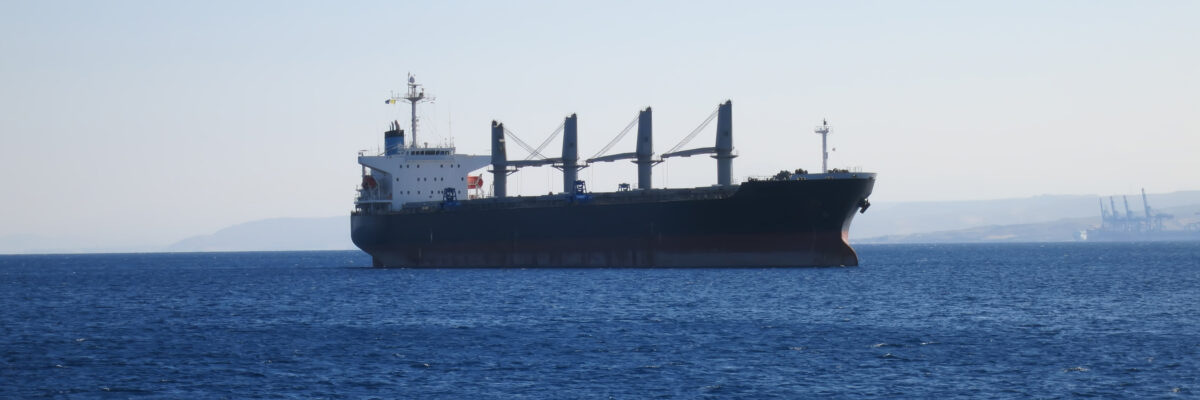
The Red Sea has become more than a strategic waterway; it has become a flashpoint of global concern, with carriers actively planning around the conflict. The volatile situation involving Houthi rebels, U.S. counterattacks, escalating rates, and upcoming Lunar New Year closures is sending complications through the logistics industry. Understanding the multifaceted challenges and developing resilient logistics strategies as we approach the Lunar New Year is paramount.
Houthi Rebels and Rising Tensions: The ongoing conflict with Houthi rebels has disrupted the geopolitical landscape and sent ripple effects across the Red Sea trade route. As attacks on commercial vessels persist, logistics planners grapple with the dilemma of ensuring cargo safety while navigating longer transit times and increased costs.
U.S. Counterattacks and Regional Impact: The U.S. response to Houthi aggression adds another layer of complexity. While intended to secure the waterway, it introduces uncertainty and potential bottlenecks. As military operations unfold, logistics professionals are left to anticipate and adapt to evolving security measures and potential disruptions. While most carriers plan to avoid the route entirely, some cargo traffic is unavoidable as goods move in and out of the conflict zone.
Rates Surge Amidst Uncertainty: The Red Sea crisis has triggered a surge in freight rates, leaving shippers facing unprecedented challenges. By reevaluating their risk exposure under the current conditions, carriers must pass on increased costs to maintain operational viability. This rate escalation introduces financial strains for businesses already navigating a complex global trade environment.
Panama Canal Delays and Rerouted Voyages: To circumvent the Red Sea turmoil, vessels opted for the longer route around South Africa’s Cape of Good Hope, bypassing the Suez Canal. This decision extends transit times by 1-2 weeks and exacerbates the strain on the already congested Panama Canal. Delays due to droughts in South America at this vital maritime artery reverberate globally, affecting supply chains and logistics timelines.
China’s Stance and Global Trade Implications: China, a key player in global trade, broke its silence on the Red Sea crisis. Recognizing the importance of the route, China vowed to coordinate closely with relevant departments and support foreign trade enterprises. However, the situation presents challenges, with disruptions affecting Chinese merchant ships and triggering further increased freight costs as the conflict continues through Lunar New Year.
As logistics experts, adaptability is Everglory Logistics’ greatest asset. Navigating this situation requires a comprehensive understanding of geopolitical dynamics, continuous monitoring of global events, and proactive contingency planning. By fostering resilience and embracing innovative solutions, we can weather the Red Sea crisis and emerge stronger on the other side.
In the coming weeks, the global logistics community must collaborate, share insights, and collectively address the challenges posed by this crisis. Together, we can ensure the continued flow of goods across international waters. If you have questions about how the turmoil will impact your cargo, contact your Everglory Logistics representative.







